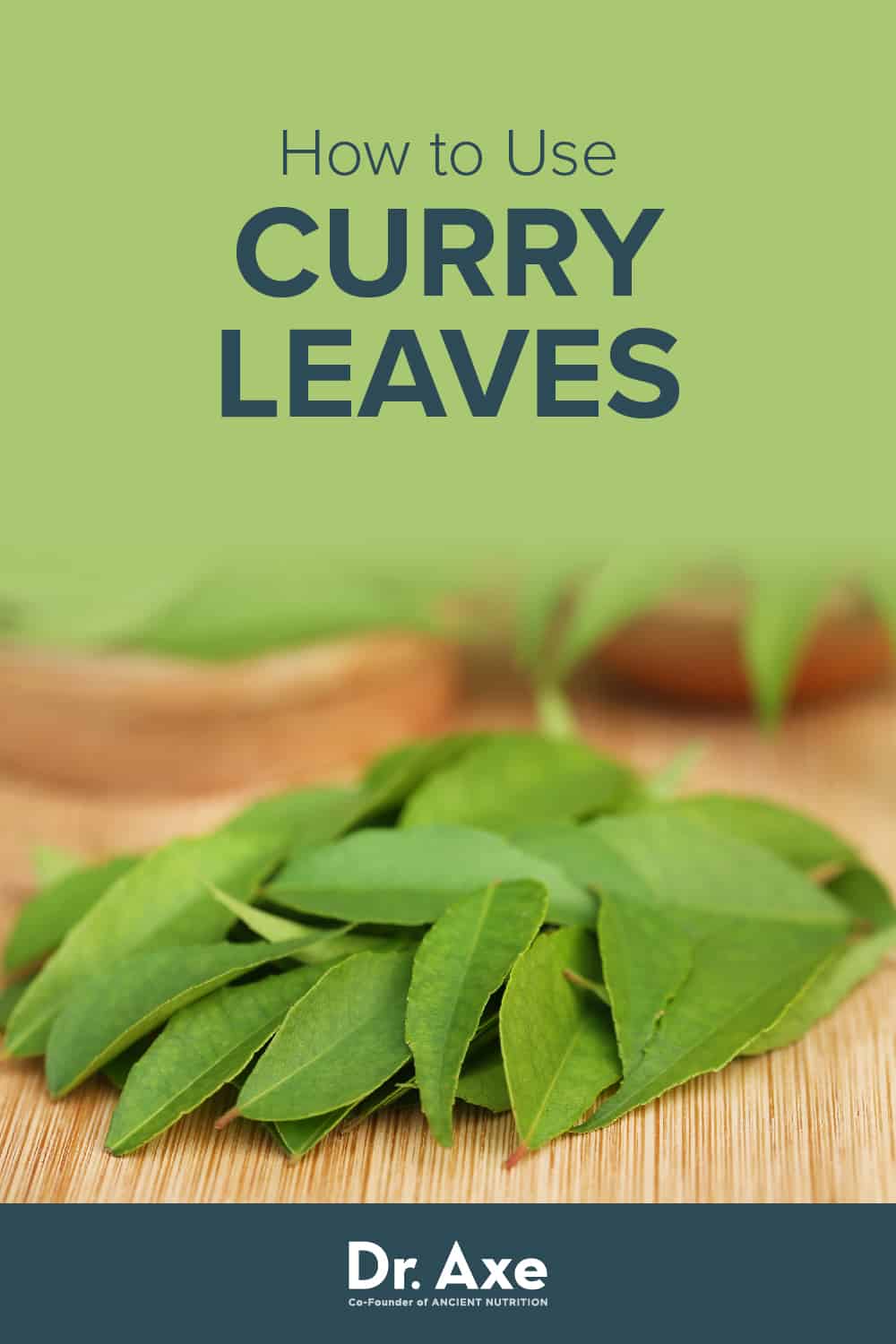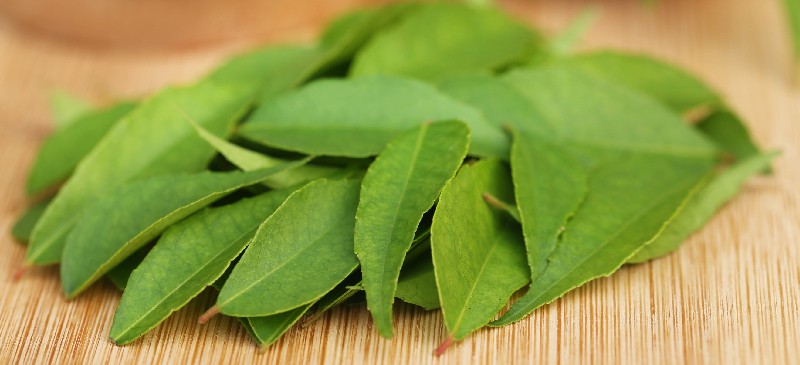Fact Checked
This Dr. Axe content is medically reviewed or fact checked to ensure factually accurate information.
With strict editorial sourcing guidelines, we only link to academic research institutions, reputable media sites and, when research is available, medically peer-reviewed studies. Note that the numbers in parentheses (1, 2, etc.) are clickable links to these studies.
The information in our articles is NOT intended to replace a one-on-one relationship with a qualified health care professional and is not intended as medical advice.
This article is based on scientific evidence, written by experts and fact checked by our trained editorial staff. Note that the numbers in parentheses (1, 2, etc.) are clickable links to medically peer-reviewed studies.
Our team includes licensed nutritionists and dietitians, certified health education specialists, as well as certified strength and conditioning specialists, personal trainers and corrective exercise specialists. Our team aims to be not only thorough with its research, but also objective and unbiased.
The information in our articles is NOT intended to replace a one-on-one relationship with a qualified health care professional and is not intended as medical advice.
May 6, 2023


Curry leaves are a mainstay in Indian, Sri Lankan and South Asian cuisines. There are records dating back to the 1st century A.D. that reference curry leaves and their use for flavoring vegetables.
They also serve as one of the top herbs for healing in Ayurvedic medicine, used for conditions such as diabetes, infections and digestive complaints.
These small, glossy and dark green leaves have been used for centuries to enhance the flavors of curries, rice dishes, chutneys and more. They are rich in antioxidants, vitamins and minerals and work to elevate the taste of timeless dishes while offering a myriad of health-promoting properties.
What Are Curry Leaves?
Curry leaves, scientifically known as Murraya koenigii, are an aromatic herb native to the Indian subcontinent and widely used in Indian, Sri Lankan and other South Asian cuisines. They are small, dark green, glossy leaves that grow on the curry leaf plant, which grows in tropical and subtropical climates.
These leaves are used to add a distinct, slightly citrusy and bitter flavor to various dishes. They are often used in the tempering process, where they are fried in oil along with other spices to release their flavors before being added to a dish.
Ad

Curry leaf is commonly used in curries, soups, stews and rice dishes, as well as chutneys and seasoning blends, like curry powder.
In addition to their culinary uses, these flavorful leaves are also known for their potential health benefits. Studies indicate that the leaves, roots, fruit and bark of the curry plant are rich in disease-fighting constituents.
The leaves contain various antioxidants, vitamins, and minerals and have been traditionally used in Ayurvedic medicine for their potential digestive, anti-inflammatory and antimicrobial properties.
Curry Leaf Benefits
Curry leaves are not only a flavorful addition to various dishes, but also offer several potential health benefits due to their nutritional profile and bioactive compounds. Some of the benefits associated with curry leaf include:
1. Antioxidant Properties
Curry leaves are rich in antioxidants, such as phenols and flavonoids, which help protect the body from free radical damage and oxidative stress, thereby potentially reducing the risk of chronic diseases. Research shows that the constituents found in curry leaves are responsible for its numerous biological processes, including its antioxidant and potential anti-tumor effects.
READ RELATED: Why You Should Always Clean Your Grill With an Onion
2. Anti-Inflammatory Effects
Curry leaves have been shown to possess anti-inflammatory properties, which may help reduce inflammation in the body and alleviate related conditions. When researchers evaluated curry leaf extractions, they found that they displayed significant anti-inflammatory and pain-relieving activity.
3. Improved Digestion
Curry leaves have been traditionally used in Ayurvedic medicine to treat digestive issues, such as indigestion, constipation and diarrhea. They aid digestion by stimulating digestive enzymes and improving overall gut health. Traditionally, the leaves are boiled in water and then consumed.
4. Blood Sugar Regulation
Some studies suggest that curry leaf may help regulate blood sugar levels and improve insulin sensitivity, potentially benefiting people with diabetes or prediabetes. One study using curry leaf extract on rats showed a significant reduction in blood sugar levels and increased antioxidant effect after treatment.
5. Cholesterol Management
Curry leaves contain compounds that may help manage cholesterol levels by reducing the synthesis of LDL cholesterol and promoting the production of good HDL cholesterol. In a study conducted on animals, curry leaf extract treatment resulted in a significant decrease in cholesterol.
6. Hair and Skin Health
Curry leaves are rich in vitamins and minerals, such as vitamin A, vitamin C and iron, which are essential for maintaining healthy hair and skin. The leaves have been traditionally used in hair care treatments to prevent hair loss and promote hair growth.
Fresh curry leaves are boiled with coconut oil until they are reduced to a black residue. They are then used as a hair tonic for improving growth and retaining a healthy tone.
7. Liver Protection
The antioxidants in curry leaves may help protect the liver from damage caused by toxins and oxidative stress. The hepatoprotective effects of curry leaf have been proven in investigative studies, especially in animal models.
8. Antimicrobial Properties
Curry leaves, especially in extract form, have demonstrated antimicrobial activity against various bacteria and fungi, which may help prevent or treat infections. In Indian Ayurvedic medicine, leaves of the curry plant have been used to treat fresh cuts and itching.
How to Use
Curry leaf is a versatile ingredient that can be used in various dishes to add a distinct, complex and aromatic flavor. When added to dishes, curry leaves offer citrusy, slightly bitter and woodsy notes.
Here are some common ways to use curry leaf in cooking:
Ad

- Tempering: In Indian cuisine, curry leaves are often used in a technique called “tempering” or “tadka.” To temper with curry leaves, heat oil or ghee in a pan, and then add mustard seeds, cumin seeds or other whole spices. Once the seeds start to crackle, add curry leaves, and fry them briefly until they release their aroma. Then add this tempered mixture to curries, dals, soups or rice dishes to enhance the flavor of these dishes.
- Chutneys and dips: Curry leaves can be added to chutneys, dips or sauces for a unique flavor. Blend fresh curry leaves with other ingredients, like coconut, mint, cilantro, tamarind or yogurt to create a flavorful dip for snacks or main dishes.
- Rice dishes: Curry leaves can be used to flavor various rice dishes, such as lemon rice, coconut rice or pulao. The leaves can be added to rice during the tempering process or stirred directly into cooked rice along with other spices and herbs.
- Curries and stews: Adding curry leaves to curries — such as Thai green curry, coconut curried chicken or Thai curry kelp noodles— stews or other slow-cooked dishes infuses a complex flavor. You can add the leaves during the tempering process or stir them in while the dish is simmering.
- Dry spice blends: Dry roasting curry leaves and grinding them with other spices will create a unique spice blend, like curry powder or sambar powder. You can use this blend to season a variety of dishes, from curries to stir-fries.
- Marinades: Combine fresh or dried curry leaves with yogurt, lemon juice and other spices to create a flavorful marinade for meats, fish or vegetables.
When using curry leaves, it’s important to remember that they have a strong flavor, so a little goes a long way. Fresh curry leaves are generally preferred for their more robust flavor, but dried leaves can also be used in a pinch.
Store fresh curry leaf in an airtight container in the refrigerator for up to two weeks, or freeze for longer storage. Dried curry leaves should be stored in a cool, dark place in an airtight container.
Risks and Side Effects
Curry leaves are generally considered safe for consumption when used as a culinary ingredient in moderate amounts. However, some individuals may experience certain risks or side effects associated with consuming curry leaf.
Although it’s rare, some people may have an allergy or sensitivity to curry leaves, which could result in symptoms like itching, swelling or difficulty breathing. If you suspect an allergy to curry leaves, it’s essential to avoid consuming them and consult a health care professional.
Curry leaves may interact with certain medications, particularly those used to manage diabetes, as they may have blood sugar-lowering effects. If you are taking medication for diabetes or any other condition, be sure to consult with a health care professional before consuming curry leaves in large quantities.
The curry leaf plant has been found to contain trace amounts of a toxic alkaloid called girinimbine. However, the levels of this compound in curry leaves are typically very low, and consumption in moderate amounts is not considered harmful.
It’s important to avoid consuming large quantities of curry leaves or using them as a supplement, such as extract forms, without proper guidance from a health care professional.
When used as a culinary ingredient in moderate amounts, curry leaves are generally safe and well-tolerated by most people.
Conclusion
- Curry leaf is an aromatic herb widely used in Indian, Sri Lankan and other South Asian cuisines.
- Curry leaves are used to add a distinct, slightly citrusy and bitter flavor to various dishes, including curries, stews and chutneys.
- Curry leaves offer several potential health benefits due to their nutritional profile and bioactive compounds. They have anti-inflammatory, antioxidant, antidiabetic and antimicrobial properties.
!function(f,b,e,v,n,t,s)
{if(f.fbq)return;n=f.fbq=function(){n.callMethod?
n.callMethod.apply(n,arguments):n.queue.push(arguments)};
if(!f._fbq)f._fbq=n;n.push=n;n.loaded=!0;n.version=’2.0′;
n.queue=[];t=b.createElement(e);t.async=!0;
t.src=v;s=b.getElementsByTagName(e)[0];
s.parentNode.insertBefore(t,s)}(window, document,’script’,
‘
fbq(‘init’, ‘3475171552810057’);
fbq(‘track’, ‘PageView’);



